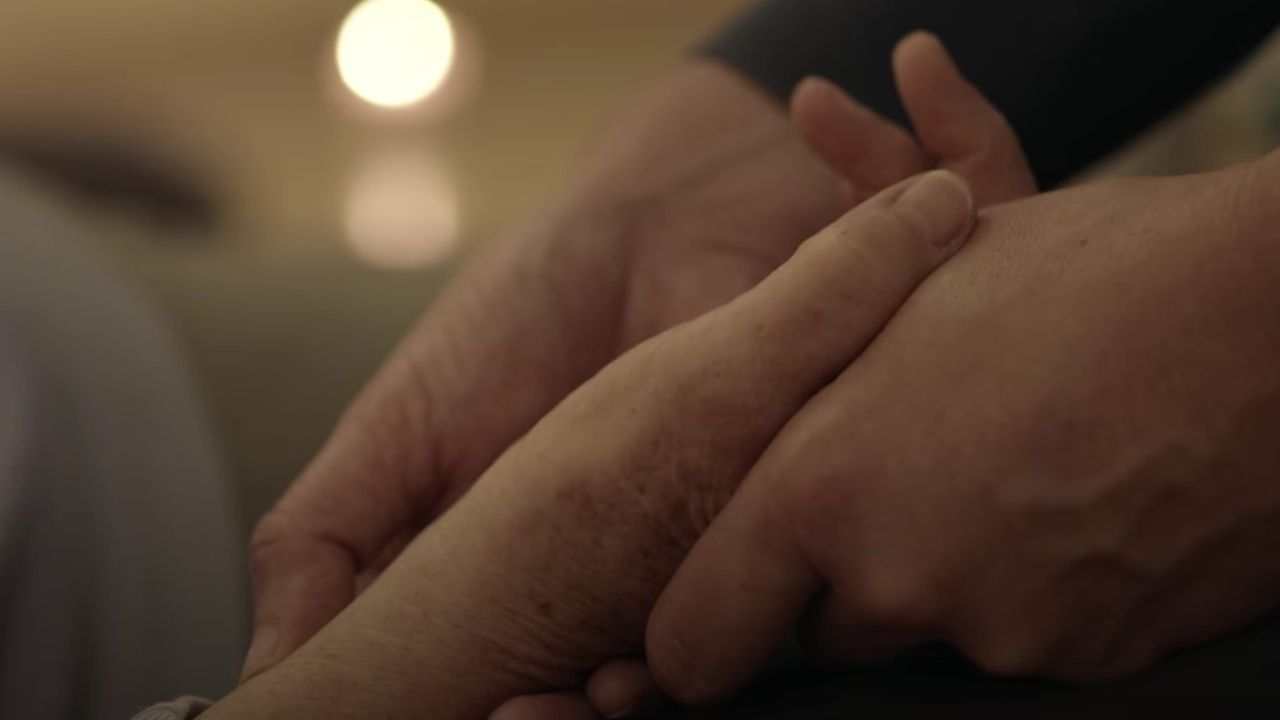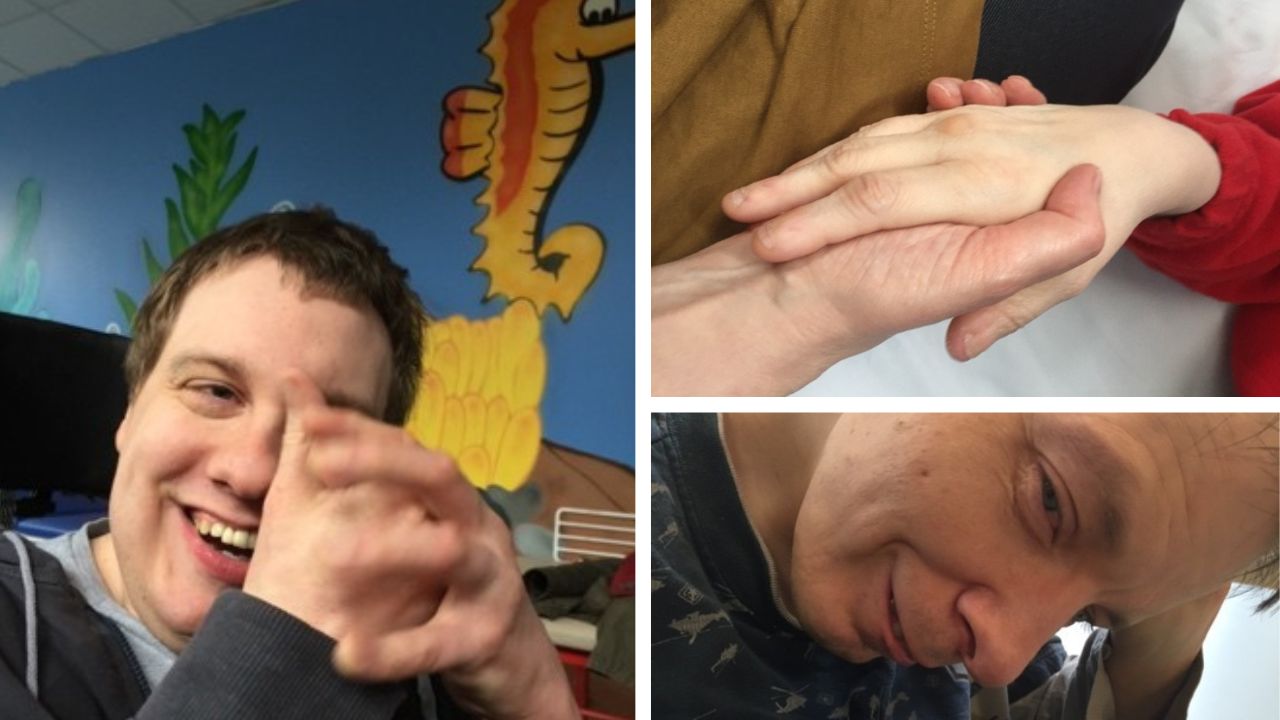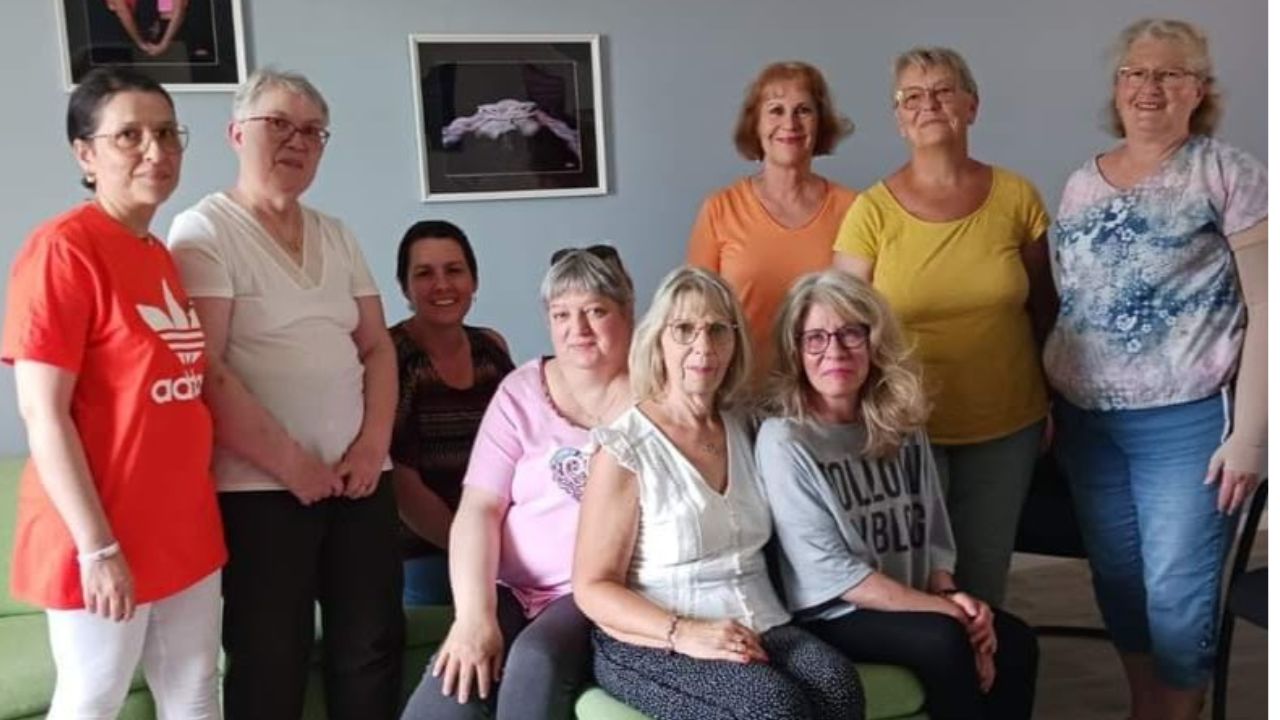Some of the initiatives within this collection of stories involve ad hoc, spontaneous and impromptu responses to dramatic current events. The following story represents the exact opposite: A well reasoned and carefully planned approach to raising the abilities of Shiatsu students and challenging Shiatsu itself to raise its game in a potentially uncomfortable milieu. This project has all the hallmarks of maturity – a well devised plan, a honed approach over 27 years and even a change of management on the way. The project has continued to develop and shows no sign of letting up. It also deals with an extremely interesting and somewhat unusual clientele – children with a range of psychosomatic complaints.
In the spotlight

Mike Mandl
mikemandl@.me.com
www.harashiatsu.com
Mike started his Shiatsu journey in 1993, when he began to study intensively with Tomas Nelissen in Vienna. For almost 25 years, they worked closely together before Mike took over the International Academy for Hara Shiatsu to continue developing Tomas’ vision: raising the standards of Shiatsu and bringing Eastern and Western medicine together. Mike has a very strong passion for the Asian healing arts, so he studied TCM, finishing his training in China with the main focus on acupuncture. In China he became absorbed by Daoist practices and also became a specialist in the internal art of Nei Gong. Besides having published several successful books around the topic of Shiatsu and TCM, he runs the e-learning platform www.das-zentrum.com, is a proud father of three kids and is often found hunting deep snow with his Snowboard in the mountains of Austria. You can find Mike at hara-shiatsu.com
forward
Clinical practice has always been a big part of the Hara Shiatsu education. If a student works with real cases in a hospital environment, the trust in her Shiatsu and her capabilities takes a tremendous leap forwards. We had always been curious to find out what a method like Shiatsu could contribute in a medical setting. What can we achieve with our bare hands? Are we able to deliver concrete results? Can we convince the medical staff of the progress of their clients? For these reasons, we started clinical cooperation more than 30 years ago. In 1995, we made contact with the department of pediatric psychosomatics in the Ottakring Clinic and have been there for almost 27 years. More than 300 Hara Shiatsu students have put in 6,700 hours on site. For free.
Most of the children are aged between 9 and 16. Most of them come to the hospital with eating disorders like anorexia, bulimia or binge eating, sometimes in life threatening conditions. If the examination confirms that the children do not have a primarily organic problem, they are referred for a fixed stay at the Clinic. In many cases, the parents are not aware until this point that their child is terminally ill. The therapy starts with an individual treatment plan over a period of at least three months. Depending on the requirements, this period can be extended. Besides eating disorders, some children are hospitalized with anxiety, depression (even involving suicide attempts), phobias, enuresis, encopresis, somatization disorders, attachment disorders and emotional disorders


The Ottakring Clinic offers a wide spectrum of therapies: From psychotherapeutic treatment through crisis intervention, group therapy, family therapy (parents or caregivers) and diet counseling to occupational therapy and social work. And of course: Shiatsu. The Shiatsu internship for child psychosomatics is for ten weeks from 12 noon to 6 pm on Wednesdays. The first two hours are reserved for preparation and to deepen the specific content of the topic. From 2 pm to 5 pm, the students treat three children each. The last hour is for follow-up and case descriptions. Shiatsu with these children challenges the students in a special way. Generally, the children do not know what is in store for them. Very few of them have had any previous experience with massage, let alone Shiatsu. In addition, the children have often forgotten how to perceive their needs and communicate clearly. It is therefore all the more important to establish a trusting relationship with them from the very beginning.
postface
The treatment cycle begins with a conversation. We want to find out which preferences the children might have. At the same time, we help the children understand that they have free choice at all times and don’t have to be here – that they can tell us if something makes them feel uncomfortable. Sometimes, a child does not respond to any of the questions or expresses a wish to leave right away. In this case, it has proven effective to encourage them to simply watch while the others are being treated. This gives them a sense of security and next time they often get involved. After a few sessions, many don’t want to leave the Shiatsu room – we treated one child for three hours because she liked it so much…
We wouldn’t still be in the hospital if Shiatsu didn’t have a strong effect on the children. Sometimes the staff see Shiatsu as the missing link: some therapies address the psyche, others the body. Shiatsu does both. Shiatsu helps the children discover two very important aspects of themselves: they experience their boundaries and learn to enjoy their bodies. For us, it’s always touching to touch those vulnerable souls. Still. After 27 years.
MIKE MANDL


